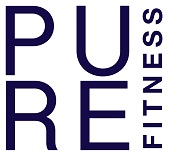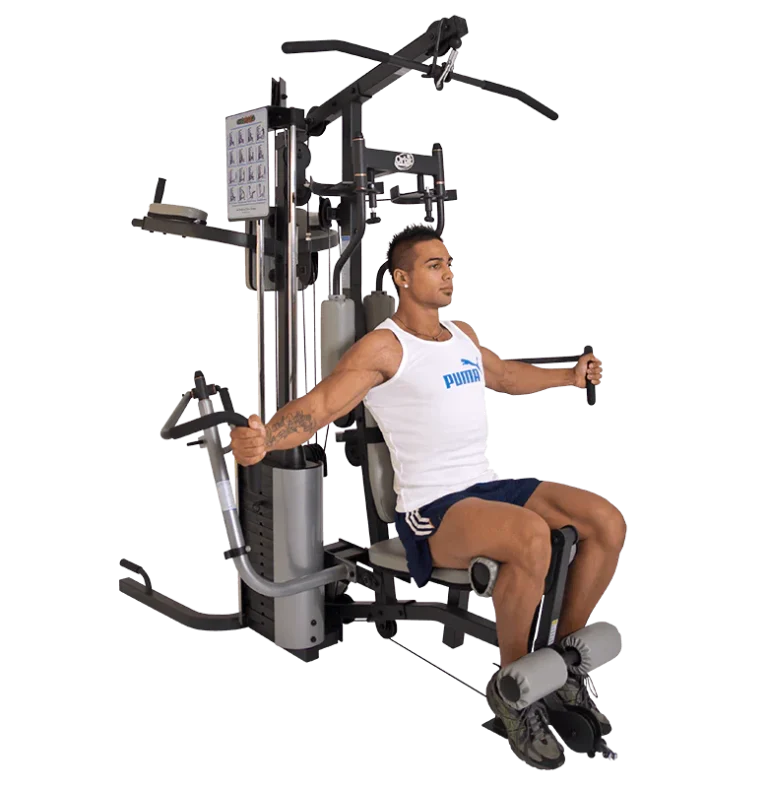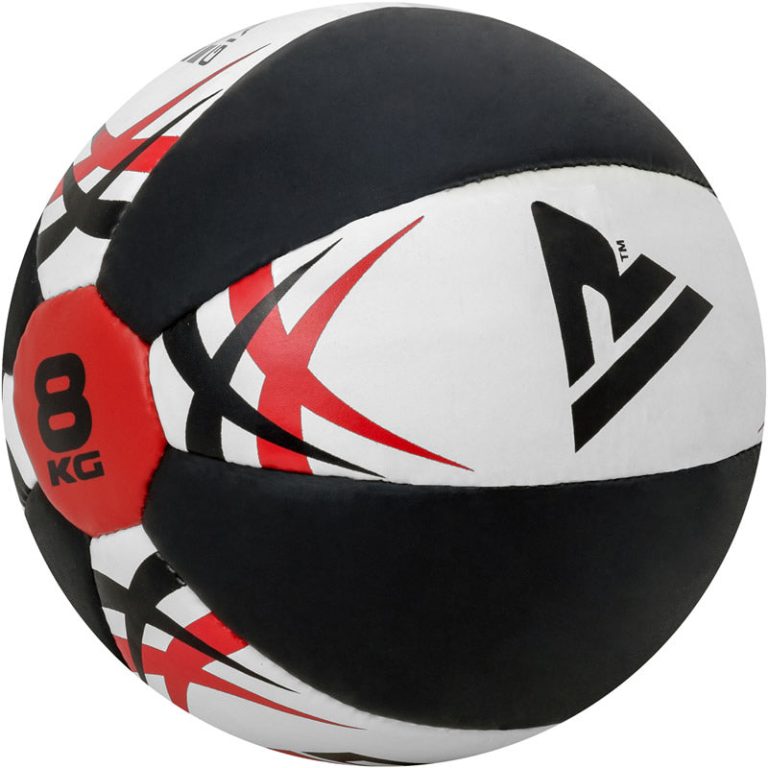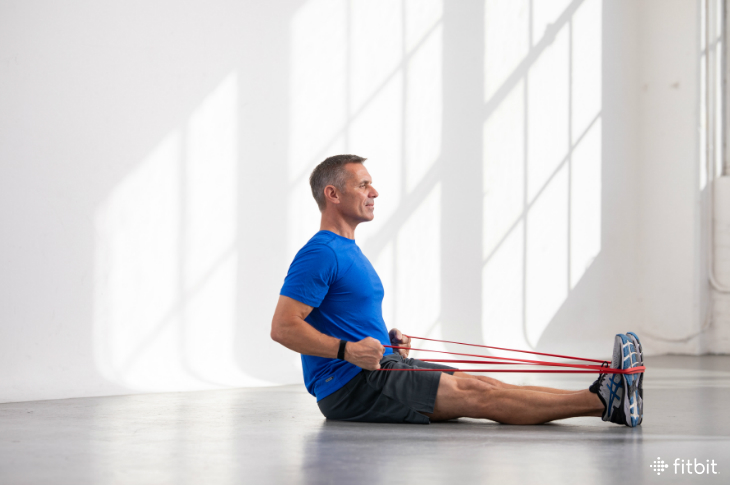So, you’ve probably heard people talking about HIIT training, but what exactly is it? HIIT, or High-Intensity Interval Training, is a workout method that involves short bursts of intense exercise, followed by brief recovery periods. The idea behind HIIT is to push your body to its limits in a shorter amount of time, resulting in increased calorie burn and improved cardiovascular fitness. In this article, we’ll explore the benefits and basics of HIIT training, helping you understand why it has become such a popular fitness trend.
Table of Contents
ToggleWhat Is HIIT Training?
Definition of HIIT Training
HIIT, which stands for High-Intensity Interval Training, is a workout technique that alternates between short bursts of intense exercise and periods of rest or lower intensity. It is a time-efficient and effective way to improve cardiovascular fitness, burn calories, and build muscle strength. HIIT workouts typically last 20 to 30 minutes, but the intensity and duration can be adjusted to suit individual fitness levels and goals.
History of HIIT Training
HIIT training has been around for decades, but its popularity has soared in recent years. The concept of alternating between high-intensity and low-intensity exercise was first introduced in the 1912 book “Little Essays of Running and Cross Country” by W.G. Anderson. However, it wasn’t until the 1970s that the specific term “HIIT” was coined by Dr. Izumi Tabata and his colleagues in their landmark study on interval training.
Benefits of HIIT Training
HIIT training offers numerous benefits for both physical and mental health. It helps improve cardiovascular fitness, as the high-intensity intervals push your heart rate to its maximum, resulting in increased endurance and a stronger heart. Additionally, HIIT workouts are highly effective for burning calories and fat, making them an excellent choice for weight loss. They also enhance muscle strength and endurance, boost metabolism, and improve insulin sensitivity.
Beyond the physical benefits, HIIT training can also improve mental well-being. The high-intensity intervals release endorphins, which are the body’s natural feel-good chemicals, leaving you feeling happier and more energized. Furthermore, the time efficiency of HIIT workouts allows you to fit exercise into a busy schedule, reducing stress and increasing productivity.
How Does HIIT Training Work?
HIIT training works by challenging your body with short bursts of high-intensity exercise, followed by periods of rest or lower intensity recovery. During the high-intensity intervals, the body activates its anaerobic system, relying on stored energy sources to perform explosive movements. This increases heart rate, oxygen consumption, and calorie burn.
The recovery periods allow the body to replenish energy stores and lower heart rate, maximizing the efficiency of the next high-intensity interval. This cycle of intense effort and recovery leads to numerous physiological adaptations, including improved cardiorespiratory fitness, increased muscle strength, and enhanced fat metabolism.
Key Principles of HIIT Training
There are several key principles that contribute to the effectiveness of HIIT training:
- Intensity: HIIT workouts should be performed at a level of intensity that challenges you and pushes your limits. This could be anything from sprinting at maximum effort to performing high-intensity bodyweight exercises.
- Interval Duration: The high-intensity intervals should typically last between 20 to 60 seconds, depending on your fitness level and goals. The rest or recovery periods should be equal to or slightly longer than the high-intensity intervals.
- Repetition: HIIT workouts typically involve multiple sets or rounds of high-intensity intervals followed by rest or recovery periods. The number of repetitions can vary based on fitness level and time available.
- Progression: As your fitness improves, it is important to continuously challenge yourself by increasing the intensity, duration, or complexity of your HIIT workouts. This ensures ongoing improvements and prevents plateauing.
Types of HIIT Workouts
There are various types of HIIT workouts that cater to different preferences, fitness levels, and equipment availability:
- Tabata: Named after its creator, Dr. Izumi Tabata, Tabata workouts consist of 20-second high-intensity intervals followed by 10 seconds of rest, repeated for four minutes.
- Circuit Training: This involves completing a series of exercises in sequence, with short rest intervals in between. Each exercise targets different muscle groups, providing a total body workout.
- Pyramid: Pyramid workouts involve gradually increasing and then decreasing the duration or intensity of the high-intensity intervals. For example, you could start with 20 seconds, increase to 30 seconds, then decrease back to 20 seconds.
- Equipment-Based: Certain HIIT workouts incorporate equipment such as kettlebells, dumbbells, resistance bands, or stationary bikes to add variety and resistance to the exercises.
HIIT Training Equipment
While HIIT workouts can be performed with little to no equipment, incorporating certain equipment can enhance the effectiveness and variety of the exercises. Some commonly used equipment in HIIT workouts includes:
- Dumbbells: Dumbbells allow for resistance training and can be used to add intensity to exercises such as lunges, squats, and overhead presses.
- Kettlebells: Kettlebells provide a versatile and challenging workout by targeting multiple muscle groups simultaneously. Exercises like kettlebell swings and snatches engage the entire body.
- Resistance Bands: These bands provide resistance during exercises and can be used to increase the difficulty of exercises such as bicep curls, tricep extensions, and lateral walks.
- Stationary Bikes: HIIT workouts on stationary bikes provide a low-impact cardiovascular workout while allowing for intensity adjustments based on resistance and speed settings.
HIIT Training for Weight Loss
HIIT training is highly effective for weight loss due to its ability to burn a significant amount of calories in a relatively short time. The intense nature of HIIT workouts increases metabolic rate, leading to continued calorie burn even after the workout is over (known as the “afterburn” effect). This makes HIIT an efficient way to shed excess weight and reduce body fat.
Additionally, HIIT training promotes the growth of lean muscle mass, which can further aid in weight loss. Muscle tissue burns more calories than fat tissue, even at rest. Thus, the more muscle you have, the higher your resting metabolic rate, enabling you to burn more calories throughout the day.
HIIT Training for Cardiovascular Fitness
HIIT training is an excellent method to improve cardiovascular fitness. The high-intensity intervals force your heart to work harder, increasing its strength and endurance. Regular HIIT workouts can improve your aerobic capacity, allowing you to perform other physical activities with greater ease.
HIIT also offers a unique cardiovascular challenge by alternating between intense bursts and recovery periods. This variation helps improve heart rate recovery time, which is a measure of cardiovascular health and fitness. An efficient heart rate recovery indicates better cardiovascular conditioning and a decreased risk of heart disease.
Safety Tips for HIIT Training
While HIIT training can be highly beneficial, it is important to approach it with caution to prevent injury and ensure you are exercising safely. Here are some safety tips to keep in mind:
- Warm-Up: Prior to starting a HIIT workout, always warm up your body with dynamic stretching or light cardio to prepare your muscles and joints for the intense exercise.
- Proper Form: Focus on maintaining proper form throughout each exercise to prevent injury and maximize effectiveness. If unsure about proper technique, consider working with a certified personal trainer.
- Listen to Your Body: Pay attention to any warning signs of pain or discomfort during the workout. If you experience sharp pain or feel unwell, stop exercising and seek medical attention if necessary.
- Gradual Progression: Start with a level of intensity and duration that matches your current fitness level, and gradually increase the challenge over time. Avoid pushing yourself too hard too soon, as this can lead to overexertion and injury.
- Rest and Recovery: Allow your body sufficient time to recover between HIIT sessions. Adequate rest is essential for optimal muscle repair and injury prevention.
In conclusion, HIIT training offers a time-efficient and effective way to improve cardiovascular fitness, burn calories, and build muscle strength. With its wide range of benefits and flexibility in workout styles, HIIT is a versatile training method suitable for individuals of various fitness levels and goals. By following the key principles, using different types of HIIT workouts, and incorporating appropriate equipment, you can enjoy the advantages of HIIT training while staying safe and injury-free. Remember to listen to your body, progress gradually, and seek professional guidance if needed. So get ready to push your limits and reap the rewards of HIIT training!







